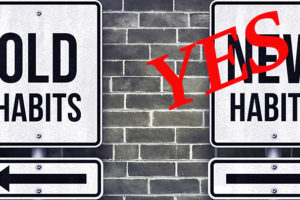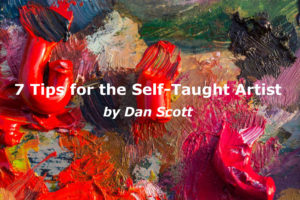A daily routine is a choice—in fact, it is a whole series of choices. Lots of your routines depend on whether you are a morning or a night person. Some of us wake up and hit the ground at top speed. Others need coffee, silence, the newspaper and time to get their brains in gear.
When you read biographies of artists, you can uncover the patterns of people’s routines. Though most artists are committed to daily work, the majority are never entirely confident of their progress. You would think it would be just the opposite. If they were famous, it seems likely that creating would be easy and certainly without stress. Not true. Interestingly enough, there is a huge variation in how we use our time or don’t use it. Maybe you can find yourself in one of these biographies.
ARTHUR MILLER: (1915-2005)
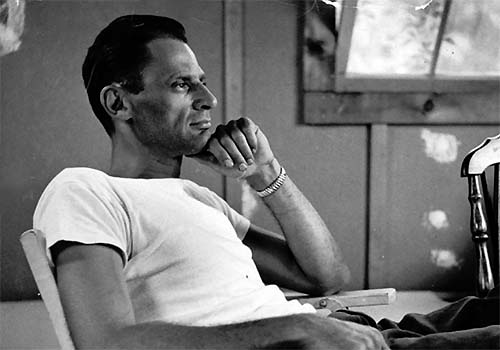
Take the playwright Arthur Miller (“Death of a Salesman” and Marilyn Monroe’s husband}. “I wish I had a routine for writing. I get up in the morning and I go out to my studio and I write. And then I tear it up! That’s the routine. Then occasionally something sticks and I follow that. The only image I can think of is of a man walking around with an iron rod in his hand during a lightning storm.”
GEORGIA O’KEEFFE: (1887-1986)
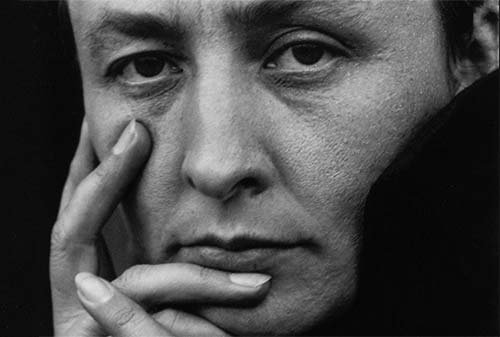
“I like to get up when the dawn comes. The dogs start talking to me and I like to make a fire and maybe some tea and then sit in bed until the sun comes up. The morning is the best time, there are no people around. My pleasant disposition likes the world with nobody in it.” She worked faithfully until lunch.
When chores could be put off no longer, “…[I am] hurrying through them with a certain amount of aggravation…so I can get to the paintings again because that is the high spot…the painting is like a thread that runs through all the reasons for the other things that make one’s life.”
ALBERT EINSTEIN: (1879-1955)

“Einstein had a simple routine. Breakfast with the daily newspaper was from 9:00 to 10:00 A.M. By 10: 30 A. M. he was on his way to his Princeton University office and worked until 1:00. Home for lunch, a nap and a cup of tea. His afternoons were spent on work, with visitors and correspondence. Dinner was at 6:30 followed by more work and more letters. Work was the essence of his humble lifestyle.” But isn’t it interesting that he habitually took time out during the middle of the day to restore his energy?
JACKSON POLLOCK: (1912-1956)

To remove Pollock from the influence of alcohol, his wife and fellow painter, Lee Krasner moved from New York to Spring—a small fishing village on eastern Long Island. It was a good move and Pollack was highly productive. It was during this time he invented the drip-painting method for which he became famous. He slept until early afternoon then had a breakfast of cigarettes and coffee. Out to his studio —a converted barn, where he stayed until 5:00 or 6:00. Emerging for a beer and a walk to the beach, he and Krasner would often have dinner with neighbors. After dinner, he would stay up late. He usually slept 12 hours a day.
VINCENT VAN GOGH: (1853 – 1890)
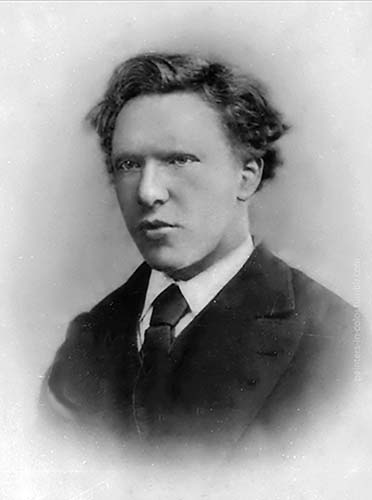
“Today, again from seven o’clock in the morning till six in the evening I worked without stirring except to take some food a step or two away’” Van Gogh wrote in 1888 to his brother, Theo. He added, ‘I have no thought of fatigue, I shall do another picture this very night, and I shall bring it off.’ Van Gogh … when in a grip of creative inspiration, painted nonstop.”
CHARLES SCHULTZ: (1922-2000)
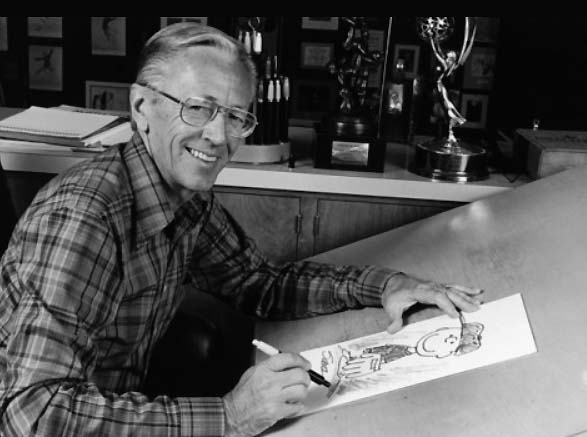
Schultz’s routine was quite businesslike. Up at 5:00 A.M., he devoted seven hours a day, five days a week, to Peanuts. After driving the children to school, he would settle into his studio, which was a private building next to his house. Once at his drawing board he would begin by doodling. “His usual manner was to just sit there and think about the past, … and kind of dredge up ugly memories. Once he had a good idea, however, he would work quickly—with intense concentration to get it on paper….”
Schultz stayed at his work until lunch—almost always a ham sandwich and a glass of milk. He continued to work until the children returned from school at 4:00. “The work suited his temperament and helped him cope with the chronic anxiety he suffered throughout his life.”
PABLO PICASSO: (1881-1973)

“Throughout his life, Picasso went to bed late and got up late. He would shut himself in the studio by 2:00 P.M. and work there until at least dusk. When he finally emerged from his studio, he was hardly good company. He rarely spoke during meals. He seemed bored when in fact, he was absorbed. Picasso was a hypochondriac and resolved to drink only mineral water or milk and eat only vegetables, fish, rice pudding and grapes.
Picasso claimed that even after three or four hours standing in front of a canvas, he did not feel the slightest fatigue. ‘That’s why painters live so long.’”
GEORGE GERSHWIN: (1898-1937)

“To me, George was a little sad all the time because he had this compulsion to work. He never relaxed.” He started his day with eggs, toast, coffee and orange juice. Once finished he sat at his piano in his pajamas, and slippers. He’d take a break mid-afternoon for lunch, a late afternoon walk and supper about 8:00 P.M. If he had a party to attend, it wasn’t unusual for him to return home and plunge back into his work until dawn. Inspiration wasn’t part of his creative vocabulary. It was better to work every day. ‘Like the pugilist, the songwriter must always keep in training’.”
HENRI MATISSE: (1869-1954)
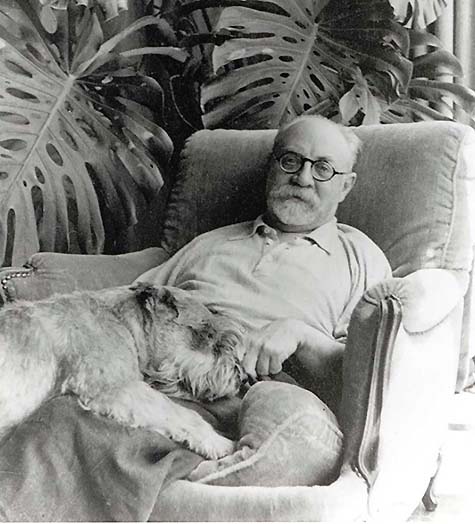
“For over fifty years I have not stopped working for an instant. From nine o’clock to noon, first sitting. I have lunch. Then I have a little nap and take up my brushes at two in the afternoon until evening. I am never bored he told a visitor in 1941. He showed his guest his working space, his cages full of exotic birds, and his conservatory stocked with tropical plants, giant pumpkins, and Chinese statuettes.”
If you want to learn to become an artist, DOWNLOAD My E-Book and start your journey.
This blog was curated from Mason Currey’s book entitled “Daily Rituals How Artists Work”

